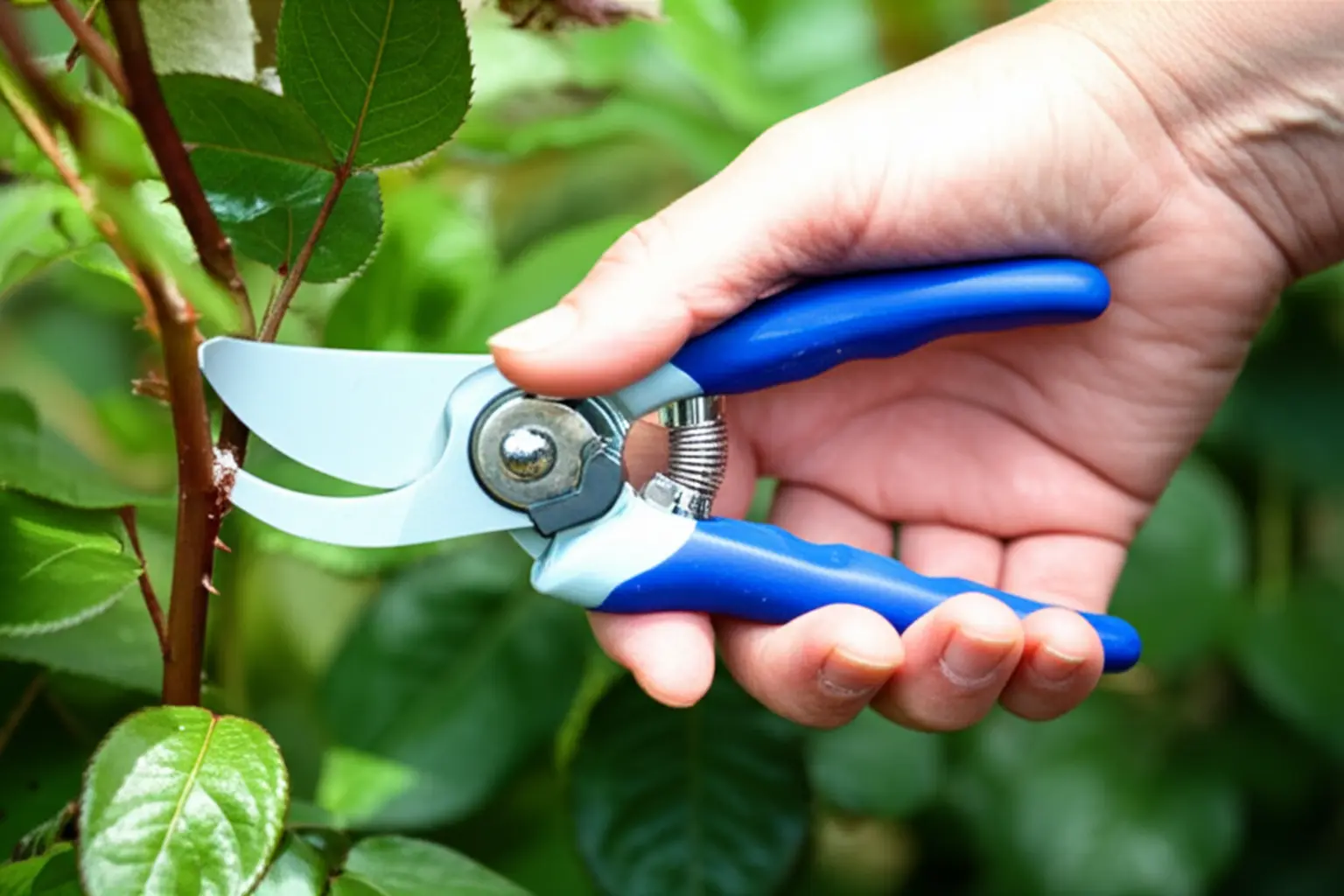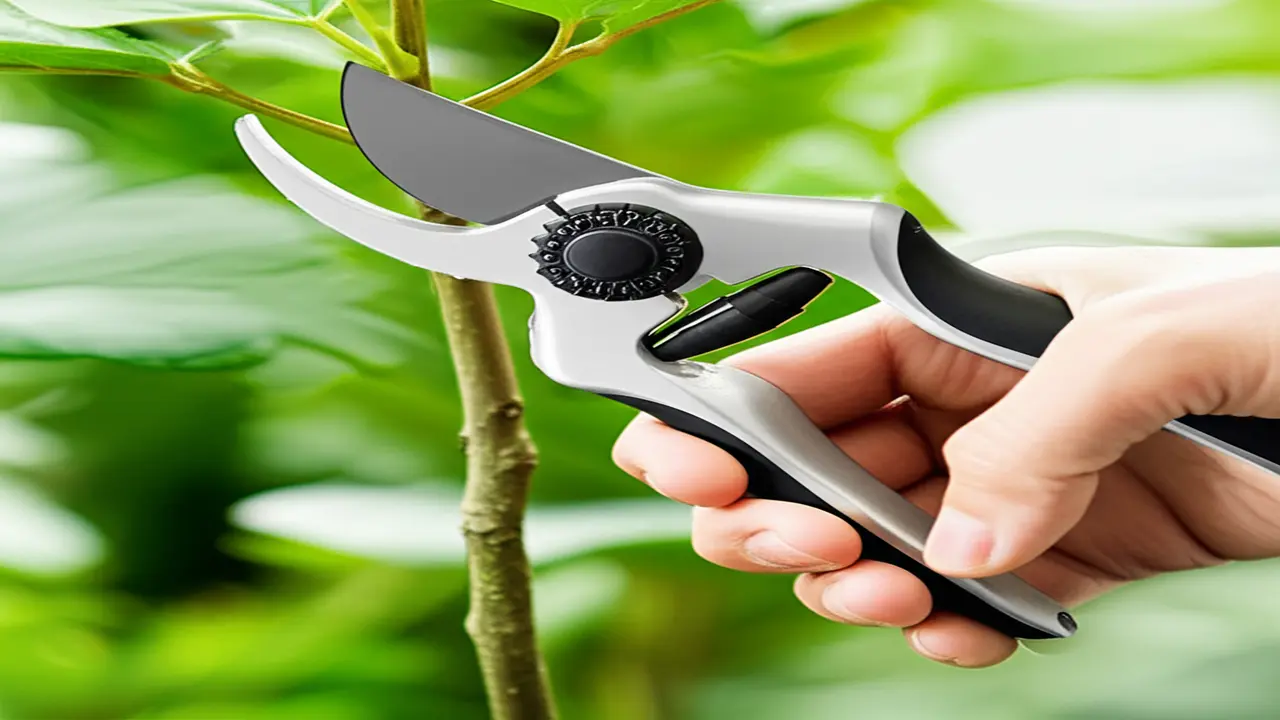
1. Understanding Pruning Shears Ergonomics
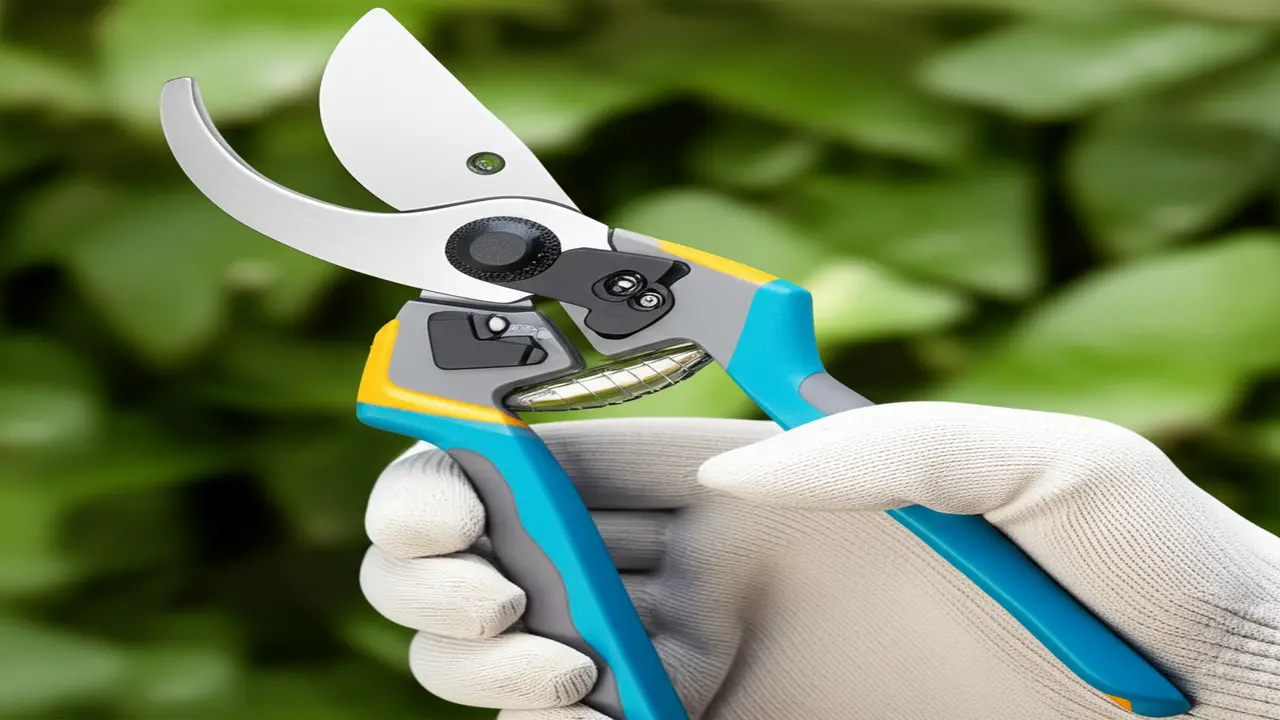
2. Key Ergonomic Features to Look For
* Angled or Rotating Handles: These designs keep your wrist in a more natural, neutral position, drastically reducing the risk of strain and conditions like carpal tunnel syndrome.
* Assist Mechanisms: A spring-loaded system helps the blades reopen after each cut, lessening hand effort. For thicker wood, ratchet mechanisms multiply your cutting power, allowing you to slice through branches with minimal force.
* Proper Sizing: Shears are not one-size-fits-all. Using a tool that is too large or small for your hand leads to poor leverage and discomfort. Manufacturers now offer specific models for different hand sizes, including excellent small pruning shears and dedicated left-handed versions.
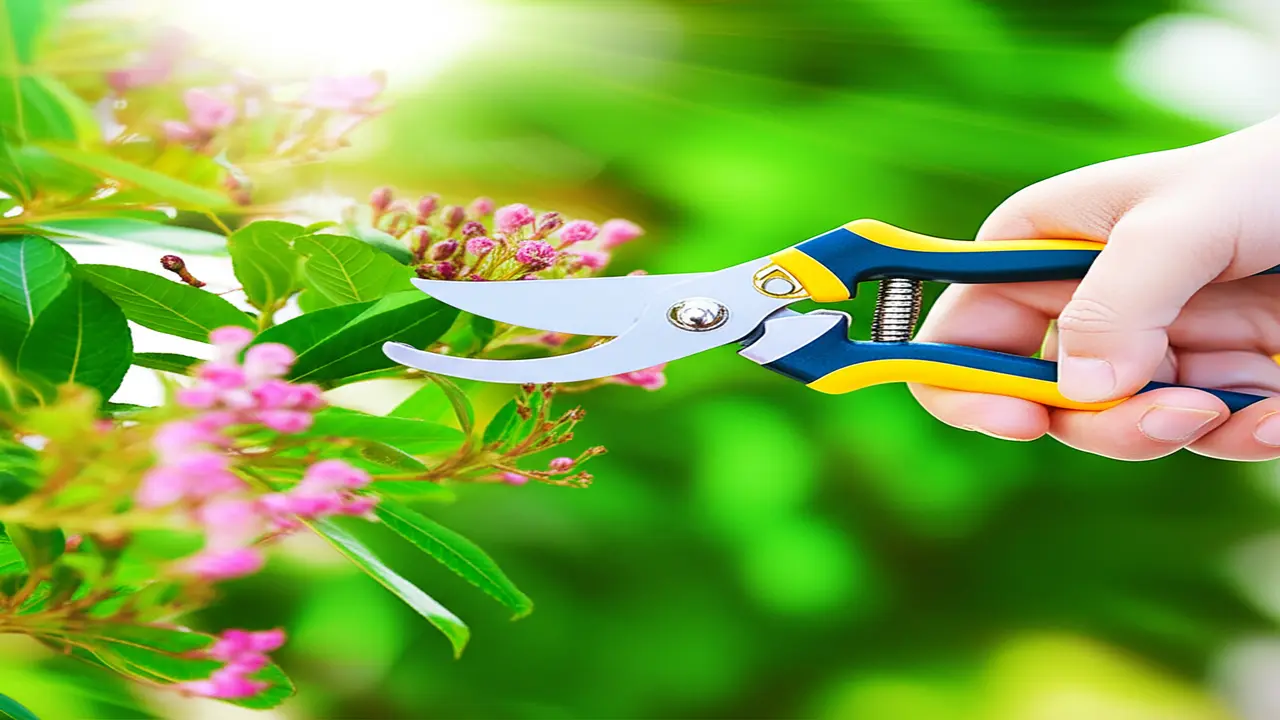
3. How Ergonomics Improves Your Gardening Experience
This focus on user-centric design brings several key benefits:
* Reduced Injury Risk: Properly designed handles and cutting mechanisms significantly lower the risk of Repetitive Stress Injuries (RSIs) like carpal tunnel syndrome.
* Enhanced Precision: When your hand is comfortable and not strained, you have better control, leading to cleaner, more precise cuts that are healthier for your plants.
* Greater Efficiency: Less fatigue translates directly to faster work. You can move from one plant to the next without needing frequent breaks to rest your hands.
This principle of user-focused design is not limited to shears. You will find similar benefits in an ergonomic hand cultivator, which also aims to make soil work less taxing.
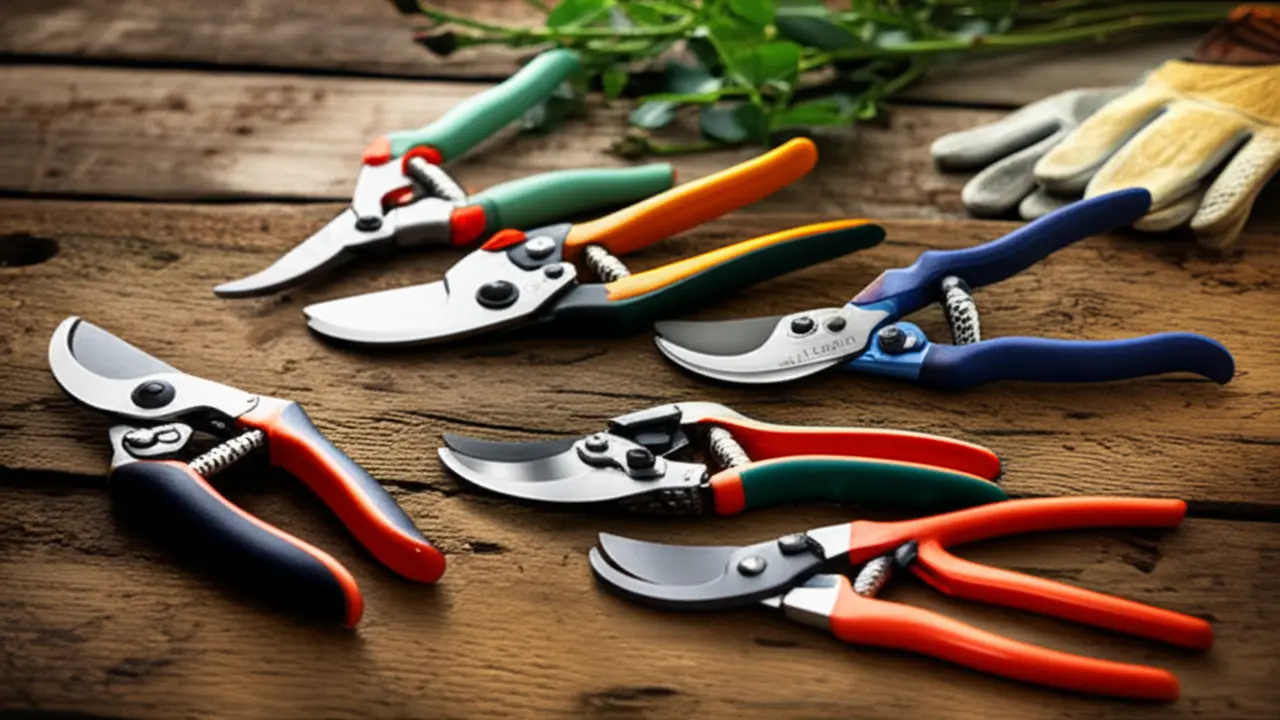
4. Top Brands and Models for Ergonomic Pruning Shears
* FELCO: A benchmark in the industry, FELCO offers legendary durability and precision. Their ergonomic line, particularly models with a rotating handle like the FELCO 7, is engineered to reduce hand fatigue by up to 30 percent. This feature allows your fingers to move naturally, minimizing friction and strain during intensive pruning sessions, making them a top tier example of professional pruning shears.
* Fiskars: Known for its clever engineering, Fiskars’ PowerGear pruners incorporate a patented gear mechanism that multiplies leverage. This technology dramatically reduces the effort needed to cut through tough branches, making them ideal for gardeners with less hand strength or those tackling demanding jobs.
Other reliable brands such as ARS, Corona, and Okatsune also provide high quality ergonomic designs focusing on lightweight materials, sharp blades, and comfortable grips.
5. Choosing the Right Ergonomic Pruning Shears for You
Next, align your choice with your typical gardening activities. Are you mostly deadheading delicate flowers, or do you need to cut through tough, woody branches? Lighter tasks are well-served by standard bypass pruners, while heavy-duty jobs might require anvil shears with more cutting power. If possible, test the shears in a store to feel the grip and weight. Finally, consult user reviews from 2024 and 2025 to see how the shears perform in real-world gardens over time, providing valuable insight into their long-term comfort and durability.
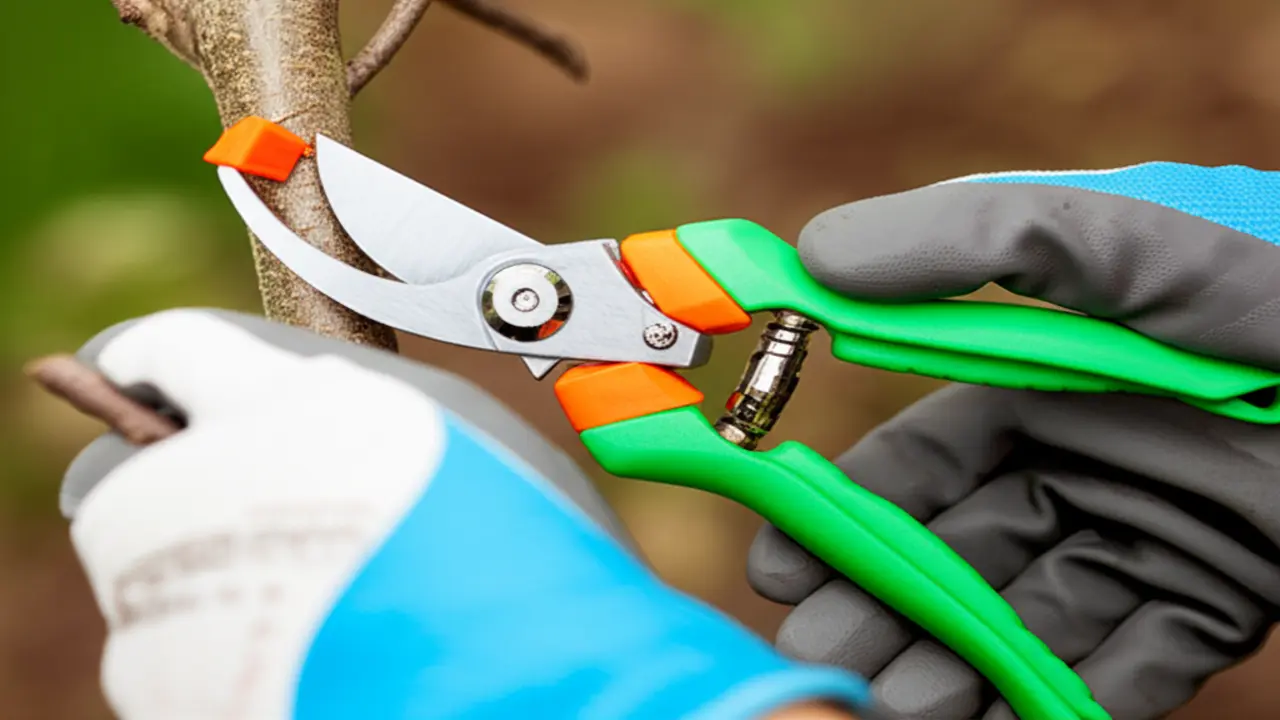
6. Safety Considerations in Ergonomic Design
Furthermore, a balanced design prevents muscle strain and promotes a safer posture. When a tool’s weight is distributed properly, you don’t have to compensate by holding your wrist or elbow at an awkward angle. This reduces the risk of repetitive strain injuries (RSIs) and allows for more controlled, precise cuts. For added safety between cuts, storing your tool in a proper pruning shears holster keeps the sharp blades securely away from you.
7. Addressing Common Questions about Ergonomic Pruning Shears
– Are there ergonomic pruning shears for arthritis? Yes. Look for models with a rotating handle to minimize wrist strain and a spring-loaded mechanism that reopens the blades automatically, reducing hand fatigue. Lightweight materials like aluminum also lessen the overall weight you have to manage.
– What’s the best ergonomic pruner for small hands? The ideal choice is a model with an adjustable grip span or a specifically designed compact size. This ensures you can apply full cutting force without overextending your fingers. We have a detailed guide on small pruning shears to help you choose.
– How do I maintain my ergonomic pruning shears? Regular maintenance is crucial. Keep the blades clean and sharp to ensure smooth cuts with less effort. Lubricate the pivot joint and spring to maintain the seamless ergonomic action.
– Can ergonomic shears help with carpal tunnel syndrome? While not a medical treatment, they can significantly reduce the stress that aggravates carpal tunnel symptoms. By requiring less force and promoting a neutral wrist position, they make pruning much more manageable.

